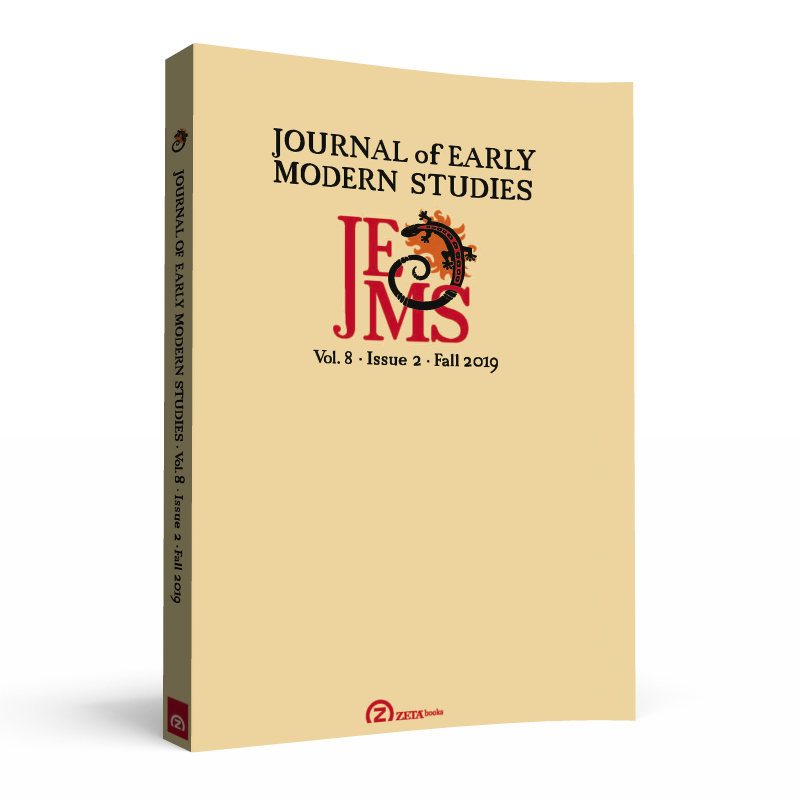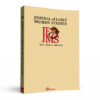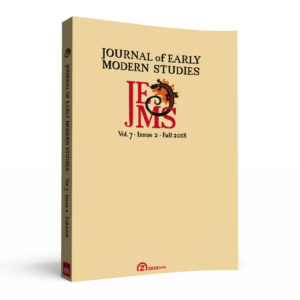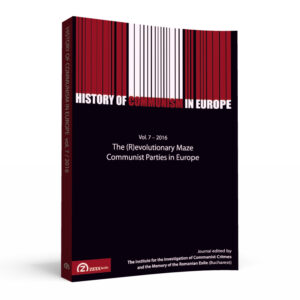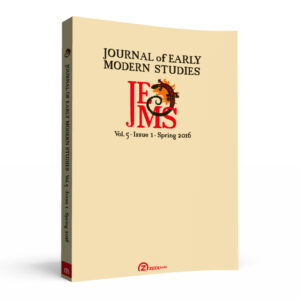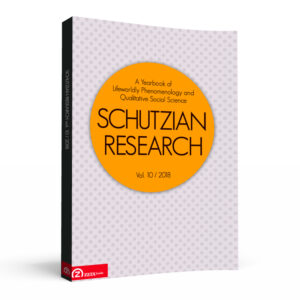TABLE OF CONTENTS
Articles
Pietro Daniel Omodeo, A Cosmos Without a Creator: Cesare Cremonini’s Interpretation of Aristotle’s Heaven
Abstract: In the years after the first circulation of Sidereus Nuncius, Galileo’s Padua anti-Copernican colleague, the staunch Aristotelian philosopher, Cesare Cremonini, published a book on ‘traditional’ cosmology, Disputatio de coelo in tres partes divisa (Venice, 1613) which puzzled the Roman authorities of the Inquisition and the Index much more than any works on celestial novelties and ‘neo-Pythagorean’ astronomy. Cremonini’s disputation on the heavens has the form of an over-intricate comment of Aristotle’s conceptions, in the typically argumentative style of Scholasticism. Nonetheless, it immediately raised the concern of Cardinal Bellarmin, the Pope and other Inquisitors. At a close reading, Cremonini’s interpretation of Aristotle’s cosmos proved radically anti-Christian. It represented a radicalization of Pomponazzian Alexandrism. In fact, Cremonini did not only circulate Aristotelian principles used by Pomponazzi to argue for the soul’s mortality (first, no thought is possible without imagination and the latter faculty is dependent on the body; secondly, all that is generated will eventually perish). He also wiped away all transcendence from the Aristotelian cosmos. In fact, he marginalized the function of the motive Intelligences by explaining heavenly motions through the action of animal-like inseparable souls although he did not erase nor reduced all Intelligences to only one, in accordance with Alexander. Also, he put at the center of Aristotle’s cosmos the idea of its eternity, a thesis which he explicitly connected with the rejection of the idea of God the Creator. Cremonini assumed that the universal efficiens, that is the efficient cause of all motion and change in the world, is nothing but the first heaven. As a result of this radically naturalist reading of Aristotle, he banned God from the cosmos, reduced Him to the final cause of the world, and deprived Him of any efficiency and will. This essay on less unexplored sources of Renaissance astronomical debates considers the institutional, cultural and religious setting of Cremonini’s teaching and conceptions. It assesses the reasons for his troubles with the religious authorities, and the political support he was granted by the Serenissima Republic of Venice inspite of the scandalous opinions he circulated as a university professor. My reconstruction of his views is based on the Disputatio de coelo of 1613 and later works, which are directly connected with cosmo-theological polemics with the religious authorities: his Apologia dictorum Aristotelis de quinta coeli substantia (1616) and the unpublished book De coeli efficientia, two manuscript copies of which are preserved in the libraries of Padua and Venice.
Russell Smith, Light Path: On the Realist Mathematisation of Motion in the Seventeenth Century
Abstract: This paper focuses on the mathematisation of mechanics in the seventeenth century, specifically on how the representation of compounded rectilinear motions presented in the ancient Greek Mechanica found its way into Newton’s Principia almost two thousand years later. I aim to show that the path from the former to the latter was optical: the conceptualisation of geometrical lines as paths of reflection created a physical interpretation of diagrammatic principles of geometrical point-motion, involving the kinematics and dynamics of light reflection. Upon the atomistic conception of light, the optical interpretation of such geometrical principles entailed their mechanical generalisation to local motion; rectilinear motion via the physico-mathematics of reflection and the Mechanica’s parallelogram rule; circular motion via the physico-mathematics of reflection, the Archimedean squaring of the circle and the Mechanica’s extension of the parallelogram rule to centripetal motion. This appeal to the physico-mathematics of reflection forged a realist foundation for the mathematisation of motion. Whereas Aristotle’s physics rested on motions which had their source in the nature of the elements, early modern thinkers such as Harriot, Descartes, and Newton based their new principles of mechanical motion upon selected elements of the mechanics of light motion, projected upon the geometry of the parallelogram rule for rectilinear and, ultimately, circular motion.
Oana Matei, Sur le progrès des sciences: Maupertuis and Bacon on the Advancement of Knowledge
Abstract: This paper investigates the Baconian roots of Maupertuis’s Lettre XIX. Sur le Progrès des Sciences (1752). The Letter was published almost a decade after Maupertuis had accepted Frederick II’s invitation to move from Paris to Berlin and become the new President of the Prussian Academy of Sciences. Contrary to the secondary literature that identifies a distinction between Maupertuis’s Parisian and Berliner phases, this paper argues that there is in fact greater continuity between the two. Based on a reading that emphasizes the programmatic and methodological commonalities between Bacon’s project in De augmentis scientiarum (1623) and Maupertuis’s Lettre XIX, this paper argues that, in a Baconian fashion, Maupertuis combines the roles of the “scientist” and the “natural philosopher” into an integrated plan of action with both intellectual an institutional aims. One of Maupertuis’s aims was to highlight the importance of observation and experiment not only in the development of natural philosophy but also for some aspects of speculative philosophy while another of his aims was to reinvigorate the structure of the Berlin Academy and to model it the fashion of other similar European intellectual projects of that time.
Peter Strohschneider, Foreigners in Pre-Modernity: On Losses of Negatability and Gains of Unfamiliarity
Abstract: The essay draws on the concept of ‘asymmetric counter-concepts’ as developed by Reinhart Koselleck starting with twin-formulas such as ‘the familiar and the unfamiliar’ which are generally used to establish collective designations of the self and others and which institutionalize the axiological and the epistemological. These counter-concepts can have different semantic temperatures. The focus is on the underlying meaning-production schemes which produce value-asymmetries. The essay tries to show that a process of heating up these value-asymmetries is only one side of the history of such asymmetric counter-concepts from medieval to modern times. Simultaneously a cooling down can be observed in written texts from different periods; examples include the 12th century Rolandslied and the 16th century Essais of Michel de Montaigne. Full negation eliminates uncertainties and value insecurities. But the complexities and contingencies that emerge since Early Modern times then lead to losses of negatability (Negierbarkeitsverluste), which in turn render gains in unfamiliarity. The modern experience of the foreign is indeterminate otherness instead of determined negation that characterized pre-modern alterity. Modern societies therefore need to mediate between validity and contingency under the circumstances of plurality. Interpretational demands and uncertainty about the relevant interpretive frames increase. Foreignness is then experienced as unfamiliarity. This presupposes intellectual attitudes like irritability, curiosity, and willingness to learn. The modern concept of ‘culture’ then is proposed as a comparative pattern where only unavoidable structural asymmetry remains. It explains cultural differences and the experience of foreignness through heterogeneity. Using this specifically modern pattern, there is no longer a legitimate value slope between one’s own position and its negation. The distinction is then between the familiar and the unfamiliar.
Review Article
Grigore Vida, From sensorium hominis to sensorium Dei [Jamie C. Kassler, Newton’s Sensorium: Anatomy of a Concept, Cham: Springer, 2018]
Book Reviews
Dirk Van Miert, The Emancipation of Biblical Philology in the Dutch Republic, 1590–1670, Oxford: Oxford University Press, 2018 (Alexandru Liciu)
Ursula Franke, Baumgartens Erfindung der Ästhetik. Mit einem Anhang: Baumgartens Ästhetik im Überblick von Nicolas Kleinschmidt, Münster: Mentis Verlag, 2018 (Alessandro Nannini)
Sarah Carvallo, L’Homme parfait. L’anthropologie médicale de Harvey, Riolan et Perrault (1628–1688), Paris: Classiques Garnier, 2017 (Katerina Lolou)
Guidelines for Authors
ISSN: 2285-6382 (paperback)
ISSN: 2286–0290 (electronic)
ISBN: 978-606-697-112-6 (paperback)
ISBN: 978-606-697-113-3 (ebook)

